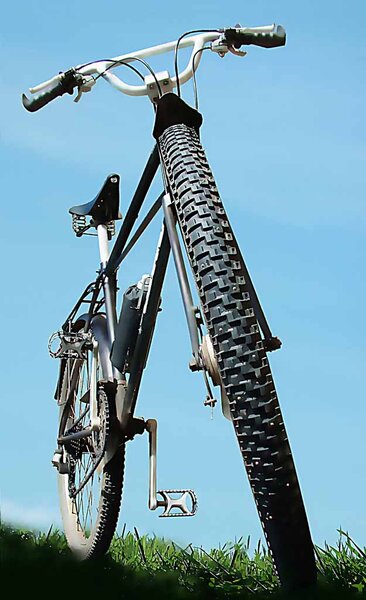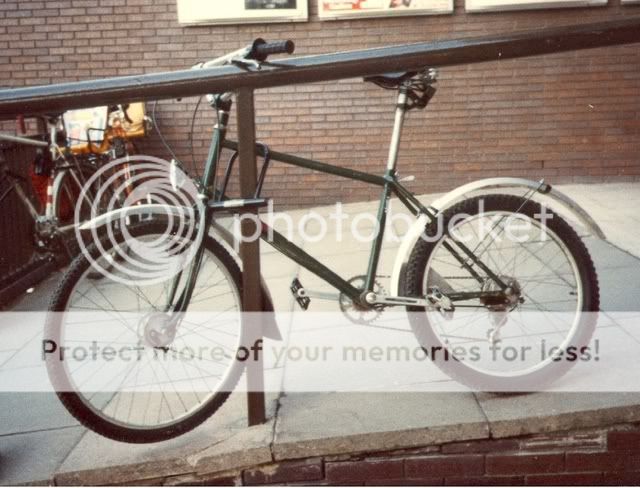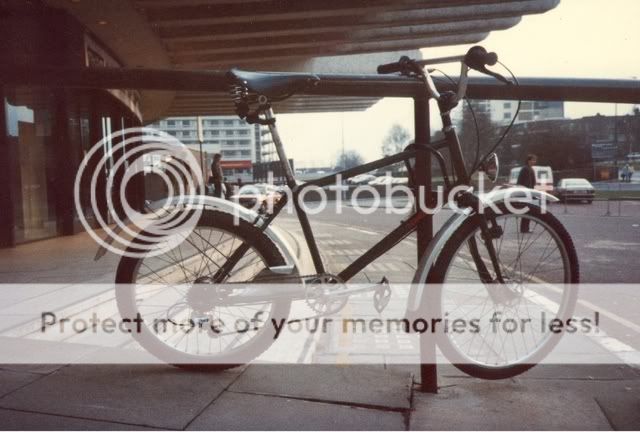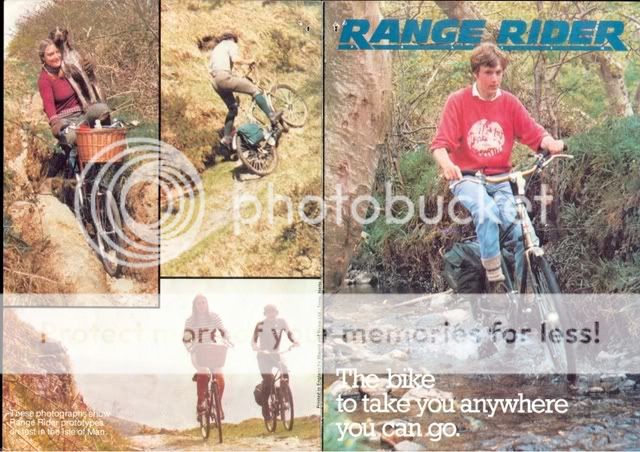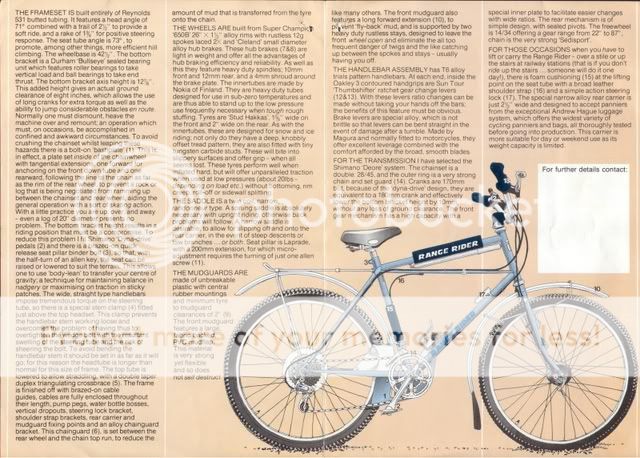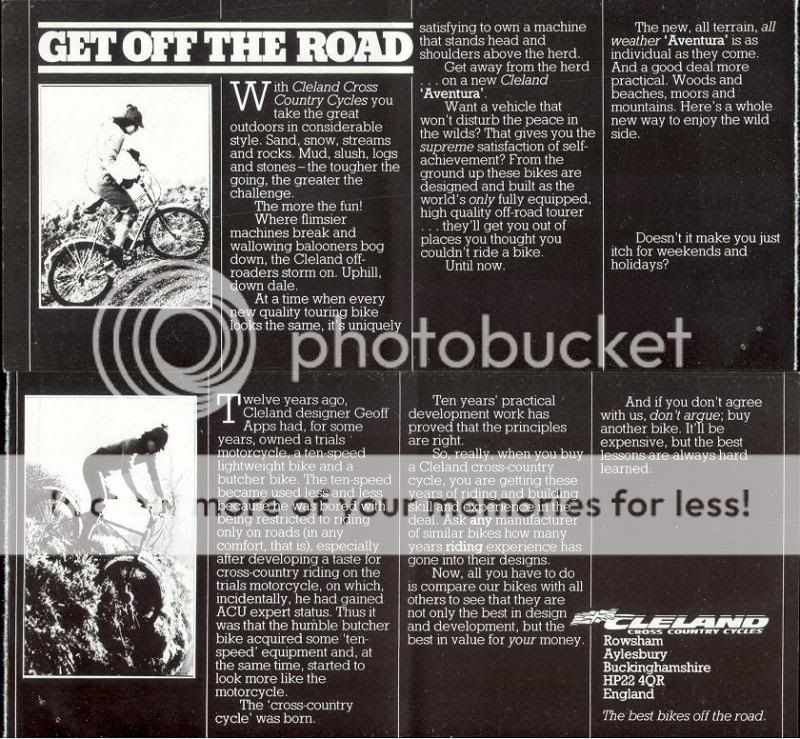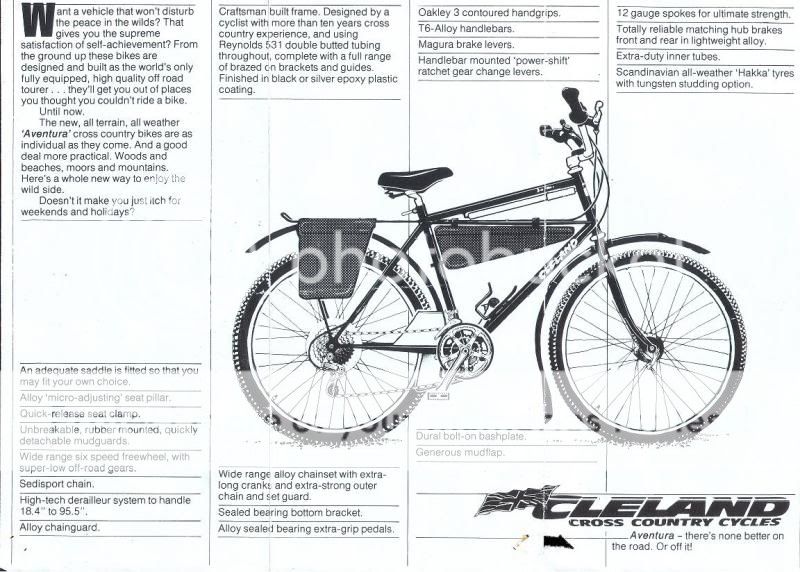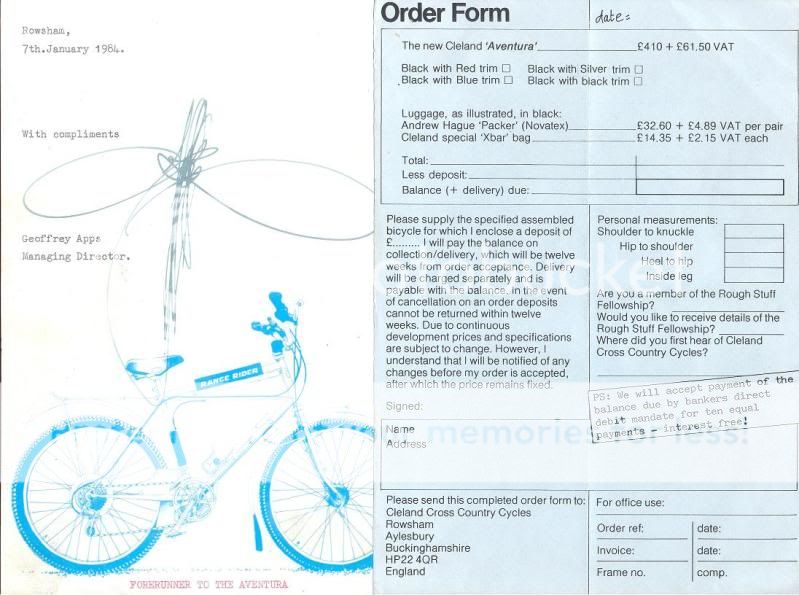The First Mountain Bike Companies
The First Mountain Bike Companies
As we approach this years vote for induction to the Mountain Bike Hall of fame, I thought I would put Geoff Apps' achievements in an international context.
Geoff designed the first purpose built British mountain bike in 1979.
In 1982 he started Cleland Cycles Ltd. The first non-US Smountain bike company.
The following is a list of the first mountain bike companies in chronological order.
From the 1950's onwards, various off-road bikes were designed and made. Most of these were individual bikes, made buy enthusiasts for their own use. They were often based on modifying existing frames but a few had purpose built frames.
In the late 1970's, a select band of enthusiasts set out to manufacture and market their designs. Below I have listed, in chronological order, the first six mountain bike manufacturers.
1/ 1977 Breezer # 1, frame and bike built by Joe Breeze for himself, Mill Valley, California, (Marin County), Oct. 1977. This was one of ten Breezers I built at the time. The frames were built of straight 4130 large-diameter, thin wall tubing. The term “clunker no longer applied to all bikes ridden on Mt. Tam.
2/ 1978 Lawwill Pro Cruiser. One of the bikes that bridged the gap between BMX bikes and mountain bikes. The frame design was based on frame that Don Koski fabricated from electrical conduit and a Schwinn Varsity frame. Mert Lawwill had Terry Knight of Oakland build the frames. The bikes sold for about $500 new and were made from 1977 though 1980 (approximate run of 600 bikes). This bike had only one large front chainring, so was best suited to flattish mountains.
3/ 1979 Ritchey/MountainBikes. In 1979 Tom Ritchey of Redwood City, California (50 miles south of Marin) started building fat-tire frames. From 1980 onward he built hundreds of fat-tire bike frames each year. These were the first bikes sold by Gary Fisher and Charlie Kelly, founders of MountainBikes (later the Gary Fisher Bicycle Company). Fisher and Kelly assembled the frames into bikes and sold them for about $1400.00. In 1979, MountainBikes became the first business to sell mountain bikes exclusively.
4/ 1979 Geoff Apps designed the 650b wheeled Range-Rider Cross Country Cycle for himself. The first bike was made in England by Roy Davies at Dees Cycles of Amersham in 1979. Geoff went on to improve his design and even made a 29er version in 1981. The design was eventually manufactured as the Cleland Aventura in 1982 because large British bicycle companies did not want to manufacture the design. The price was about £400 and each frame was made to measure by Jeremy Torr at English Cycles in Telford, and then assembled into bikes by Geoff in Rowsham, Buckinghamshire. Cleland Cycles closed at the end of 1984 because of cash-flow problems made worse by impatient creditors. However Clelands continued to be made by English Cycles and Highpath Engineering up until the 1990's.
5&6/ 1982 Specialized Stumpjumper, made in Japan for Specialized Bicycle Imports of San Jose, California and the Univega Alpina Pro, also made in Japan for Ben Lawee, owner of Lawee Inc. parent company for Univega in Long Beach, Ca. These bikes, which first appeared at a bike trade show in September 1981, became available in 1982. The price for the Stumpjumper was $850 and the Alpina Pro was $695. Over the next two years, thousands of these bikes were sold.
Of these designs the The Lawwill Pro Cruiser and 1977/8 Breezer designs died out. They were superseded by the Ritchey designs that through numerous imitations, including the Specialized Stumpjumper and Univega' Alpina Pro, went on to become a global sales and design phenomenon. The British Clelands had to compete with often-cheaper Ritchey clones. However, due to the wet and muddy British Climate that they were designed to cope with, they developed a small but enthusiastic following. They were never mass-produced but even today, thirty years on British enthusiasts still use, restore and make new Cleland style bikes. Why? Because they still offer a unique and comfortable riding experience, they are superbly reliable and have unique technical, climbing and mud plugging, capabilities.
